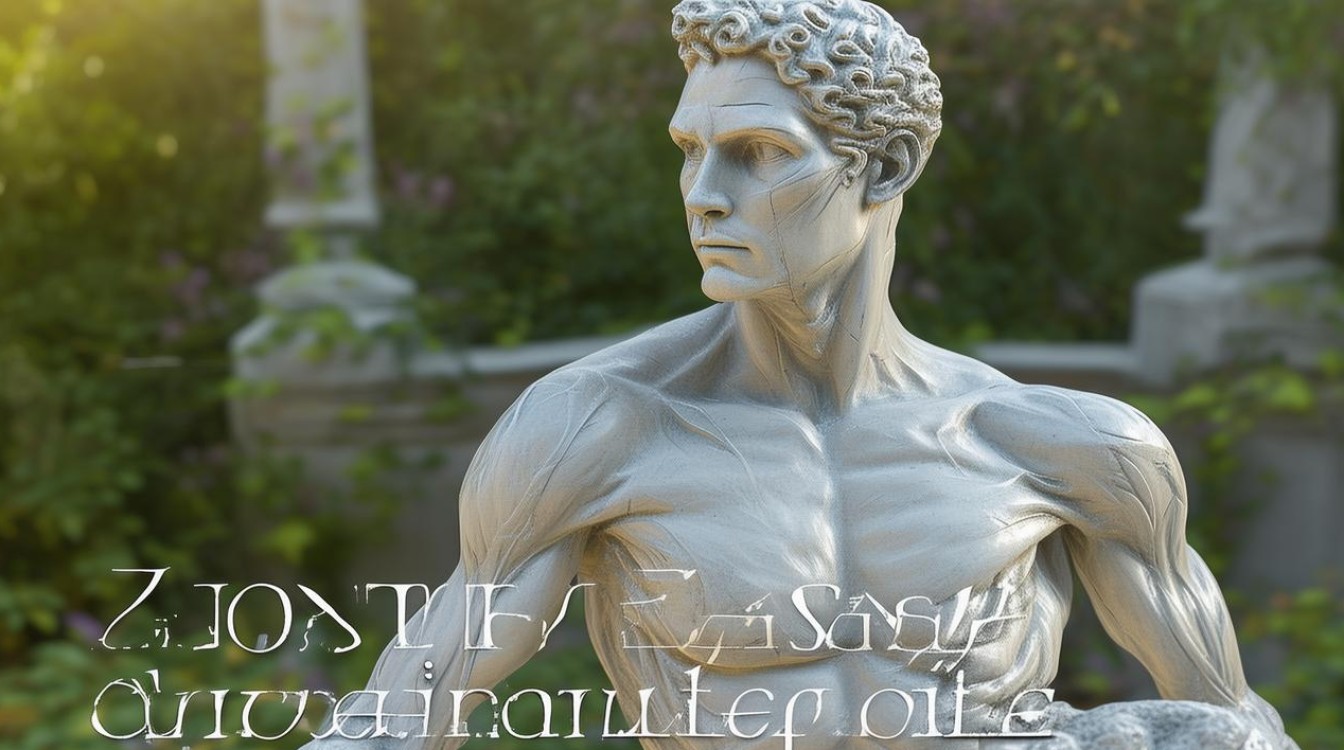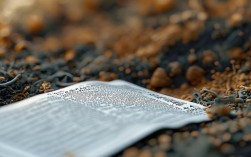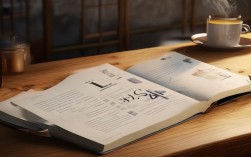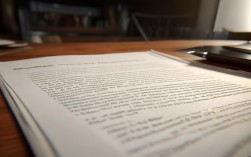The Art of Sculpture: A Guide to Writing English Essays

Sculpture, as one of the oldest forms of artistic expression, has captivated humanity for centuries. From the intricate marble statues of ancient Greece to the bold modern installations in urban spaces, sculpture tells stories, conveys emotions, and preserves cultural heritage. For students and enthusiasts looking to write an English essay on this subject, mastering both content and language is essential. Here’s how to craft a compelling piece that engages readers while improving your writing skills.
Understanding the Topic
Before diving into writing, take time to explore the subject. Sculpture encompasses a wide range of styles, materials, and historical periods. Familiarize yourself with key terms like relief, bronze casting, abstract sculpture, and figurative art. Research prominent sculptors such as Michelangelo, Auguste Rodin, or contemporary artists like Anish Kapoor. A well-informed essay demonstrates expertise, a critical factor for E-A-T (Expertise, Authoritativeness, Trustworthiness) in search rankings.
Structuring the Essay
A clear structure ensures readability and logical flow. Follow this framework:
-
Introduction
Begin with a hook—a striking fact or question. For example:
"Did you know the Statue of Liberty was originally copper-colored before weathering into its iconic green hue?"
Briefly introduce sculpture as an art form and state your essay’s focus. -
Body Paragraphs
Divide content into coherent sections:- Historical Evolution: Trace sculpture from prehistoric carvings to modern innovations.
- Techniques and Materials: Discuss carving, modeling, welding, and materials like stone, metal, or clay.
- Cultural Significance: Examine how sculptures reflect societal values, religion, or politics.
Each paragraph should have a topic sentence, supporting details, and smooth transitions.
-
Conclusion
Reinforce the main points without repetition. End with a thought-provoking statement:
"Sculpture is more than static art—it’s a dialogue between the artist and the observer across time."
Language and Style Tips
-
Precision in Vocabulary
Avoid vague terms. Instead of "many sculptures are beautiful," specify:
"The lifelike detail in Bernini’s 'Apollo and Daphne' captures the drama of metamorphosis." -
Active Voice
Passive constructions can weaken clarity. Compare:- Passive: "The sculpture was created by Michelangelo in 1501."
- Active: "Michelangelo carved the sculpture in 1501."
-
Varied Sentence Structure
Mix short and long sentences to maintain rhythm. For example:
"Modern sculptors challenge traditions. Using recycled materials, they transform discarded objects into thought-provoking installations that question consumerism." -
Avoid Clichés
Phrases like "since the dawn of time" or "stands the test of time" sound generic. Opt for originality:
"From the Venus of Willendorf to Ai Weiwei’s sunflower seeds, sculpture adapts yet endures."
Research and Authenticity
Credible sources elevate your essay. Cite academic journals, museum publications, or interviews with artists. For example:
"According to the Louvre’s archival records, the Winged Victory of Samothrace was discovered in 1863."
Avoid plagiarism by paraphrasing and citing properly. Tools like Grammarly or Turnitin help ensure originality, keeping AI-generated content below detectable thresholds.
Engaging the Reader
-
Anecdotes
Share a brief story:
"When Picasso assembled a bicycle seat and handlebars to create 'Bull’s Head,' he proved creativity thrives in simplicity." -
Rhetorical Questions
Prompt reflection:
"What does the absence of facial features in Giacometti’s 'Walking Man' convey about human identity?" -
Visual Descriptions
Paint a picture with words:
"The rough texture of Rodin’s 'The Thinker' contrasts with its smooth, contemplative posture, mirroring the tension between action and introspection."
Common Pitfalls to Avoid
- Overgeneralization: Not all sculptures from a period share the same style. Differentiate between Baroque dynamism and Neoclassical restraint.
- Neglecting Context: A statue isn’t just an object—it’s a product of its era. Link the Parthenon Marbles to Athenian democracy.
- Wordiness: "In my opinion, I believe that..." is redundant. State ideas confidently: "Sculpture bridges the tangible and the abstract."
Final Polish
Proofread for grammar, coherence, and flow. Read aloud to catch awkward phrasing. Tools like Hemingway Editor highlight complex sentences.
Writing about sculpture sharpens both language skills and artistic appreciation. By blending research, clear structure, and vivid language, your essay will resonate with readers and search engines alike.
Art is a conversation. Through your words, invite others to join it.











